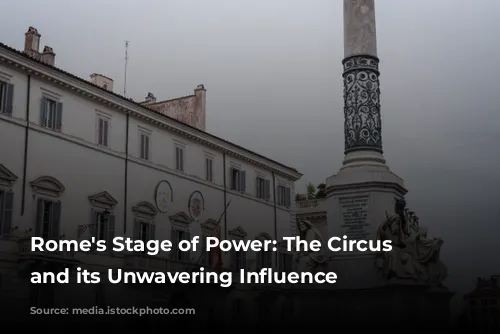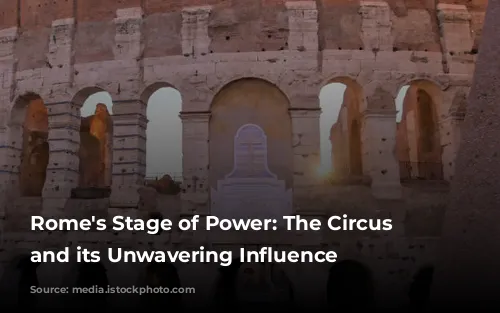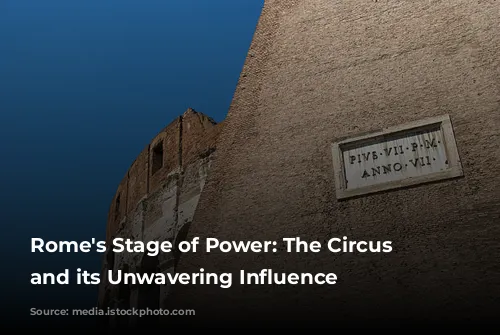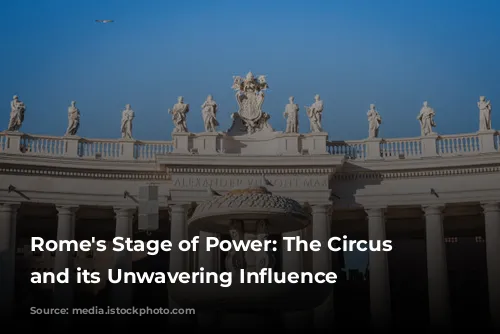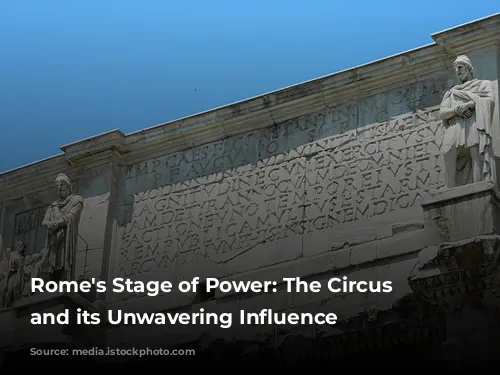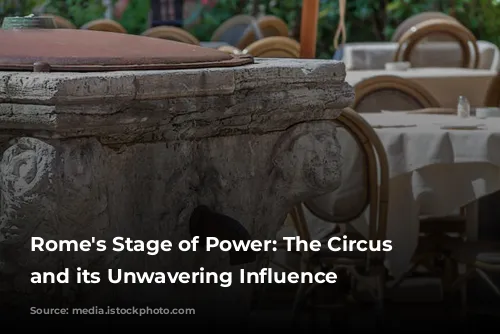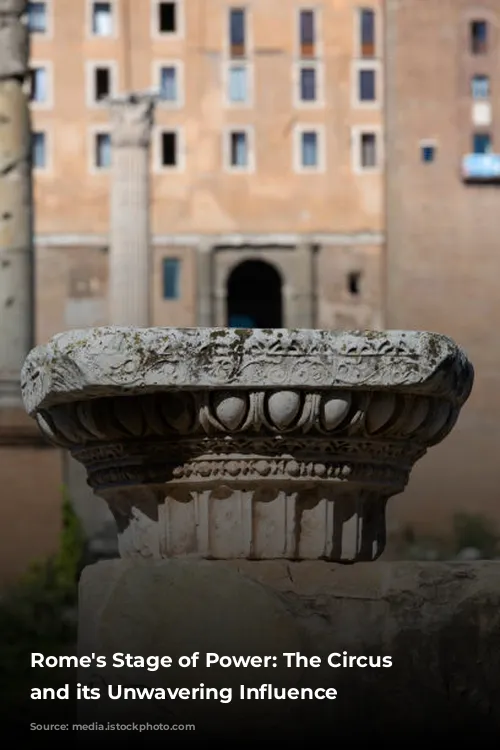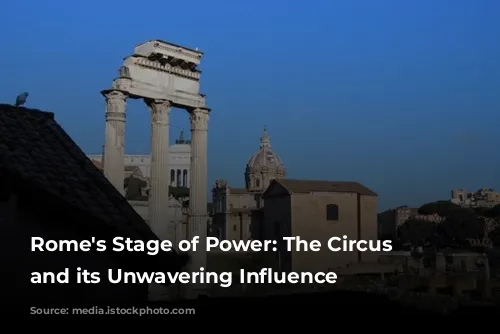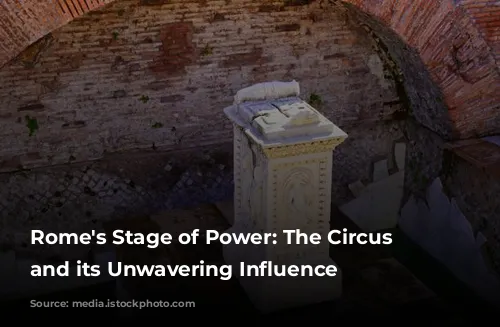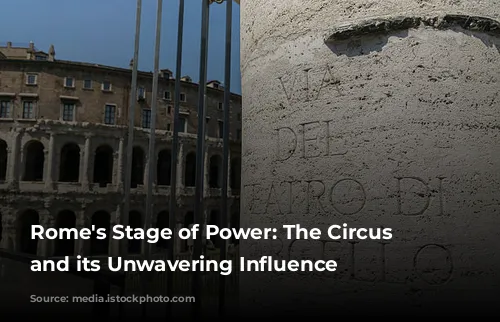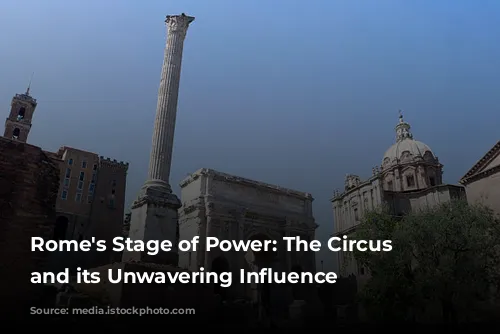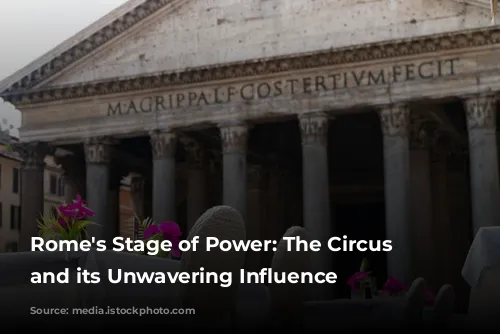The Circus Maximus, a colossal stadium in the heart of ancient Rome, was more than just a place for entertainment. It was a symbol of power, a stage for political maneuvering, and a powerful tool for social control. This article explores the captivating history of this iconic structure, examining its evolution, its impact on Roman society, and the ways in which it served as a powerful tool for the aristocracy throughout its long lifespan.
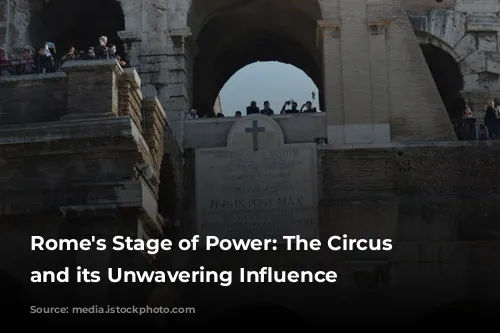
From Etruscan Origins to Imperial Glory
The Circus Maximus began its journey during the Etruscan reign in the sixth century BCE. This period marked the first tentative steps towards constructing a venue capable of hosting spectacular public events. However, it was under the Roman Republic that the Circus truly blossomed, becoming a monumental symbol of the burgeoning Roman Empire.
The construction of the Circus was not a random act of leisure. Instead, it reflected the complex interplay between the aristocracy and the Roman populace. The Romans saw the Circus as a crucial venue for uniting the masses and forging a sense of national identity. The spectacle of ludi (public games) held within its walls transcended societal divisions, temporarily uniting citizens of all walks of life in a shared experience.
The scale and grandeur of the Circus were a testament to the ambition and power of the aristocracy. They used this venue to demonstrate their influence, control the narrative of Roman history, and solidify their position as the ruling class.
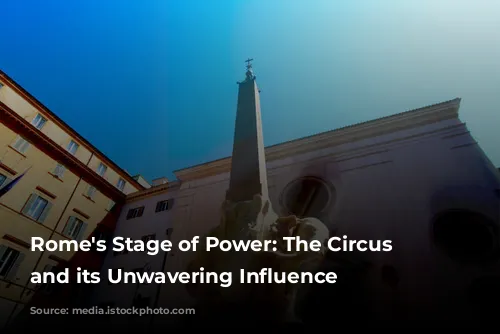
The Circus as a Stage for Propaganda
The Circus Maximus was more than just a place for entertainment; it was a powerful tool of political propaganda. The Romans understood that the collective experience of attending games could be manipulated to shape public opinion and promote specific political agendas.
This is evident in the way Roman emperors utilized the Circus to bolster their image and legitimacy. The spectacle of chariot races served as a powerful symbol of imperial strength and authority, while lavish displays of wealth and generosity reinforced their divine right to rule.
Through carefully orchestrated events and propaganda, the aristocracy skillfully used the Circus to maintain control and influence over the Roman populace.
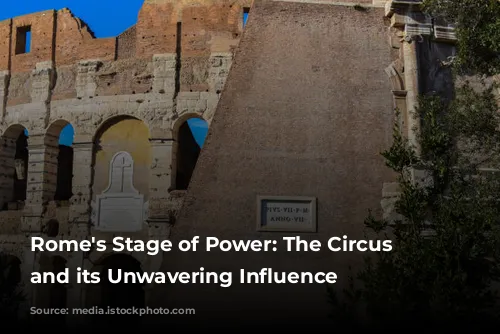
The Enduring Legacy of the Circus Maximus
The Circus Maximus continued to evolve over centuries, undergoing architectural modifications and changes in usage. This flexibility and adaptability speak to its enduring power and relevance throughout the Roman Empire.
By the time of the late Roman Empire, the Circus had become a symbol of the city’s glorious past. It was a place of collective memory, a testament to the enduring legacy of the Roman people.
Even today, the ruins of the Circus Maximus stand as a potent reminder of the power of spectacle, the importance of public spaces, and the enduring legacy of the Roman Empire.
